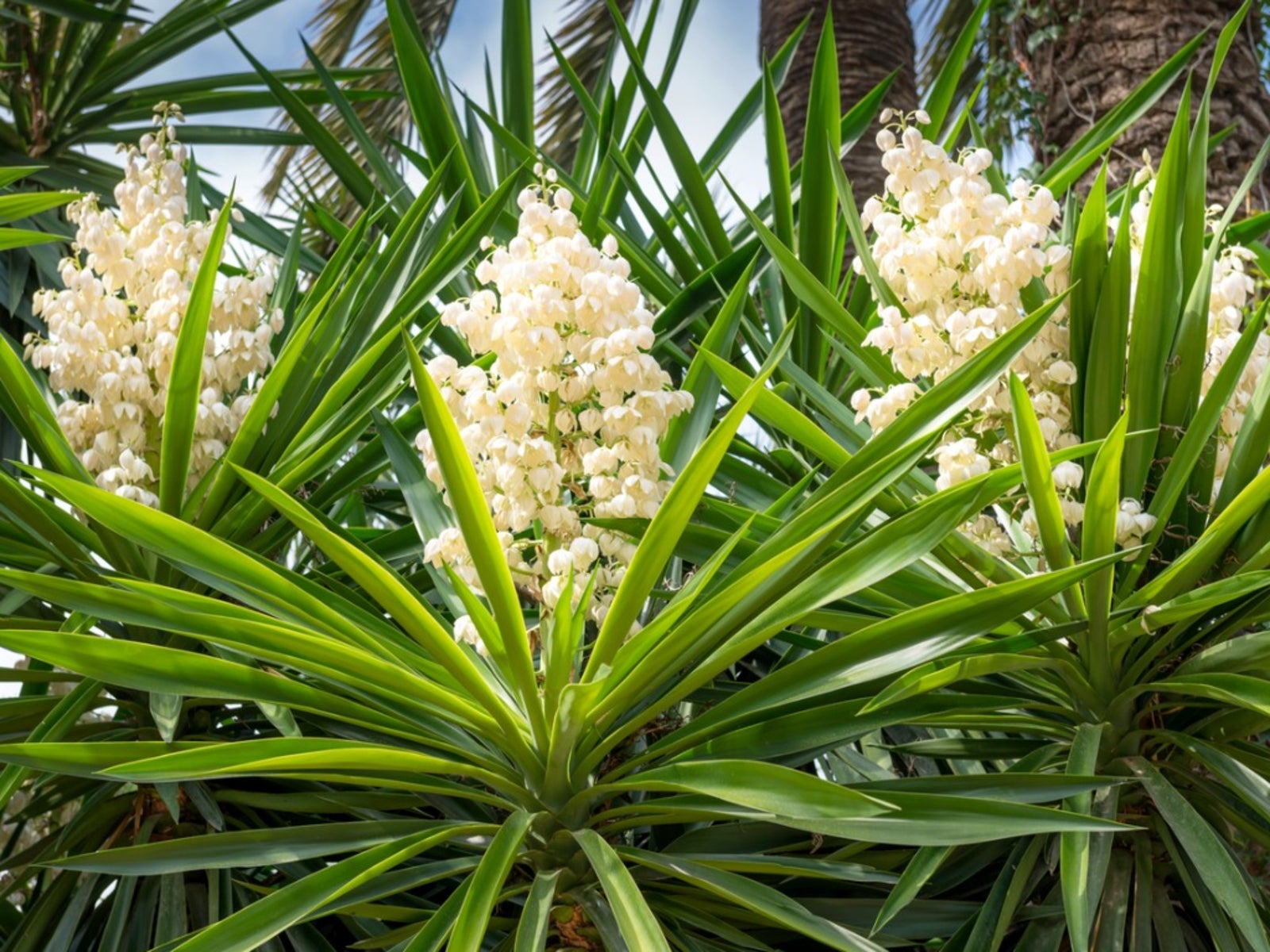Nurse your Beaked Yucca back to health by tackling common care slip-ups with our savvy guide!
With its striking blue-green foliage and architectural form the beaked yucca plant (Yucca rostrata) makes a gorgeous accent in any garden. However this succulent plant can sometimes suffer from mold growth, especially when grown indoors. Mold can detract from the plant’s beauty and even damage its health. In this comprehensive guide, we’ll explore the causes of mold on beaked yucca and provide techniques to safely and effectively eliminate it.
Understanding Mold on Beaked Yucca Plants
Mold thrives in warm, humid environments with poor air circulation. Beaked yucca’s spiky leaves can trap moisture, creating the perfect conditions for mold. Indoor plants are especially prone due to stagnant indoor air.
You may notice fuzzy white, gray, or black spots on leaves. This mold hinders photosynthesis and weakens the plant over time. Therefore, it’s crucial to address mold promptly to maintain a healthy, thriving beaked yucca.
Key Causes of Mold Growth on Beaked Yucca
Several factors can contribute to mold growth on beaked yucca plants
- Excessive humidity and poor ventilation
- Overwatering and wet foliage
- Low light conditions and inadequate sunlight
- Accumulated dust, debris, and dead leaves
- Previously damaged or unhealthy plant tissue
Correcting these underlying issues is key to eliminating mold and preventing recurrence.
Effective Techniques to Remove Mold from Beaked Yucca
If you spot mold on your prized beaked yucca, take action right away with these methods:
Isolate and Inspect
Move the affected plant away from other plants to prevent spreading spores. Inspect closely and identify all moldy areas.
Increase Air Circulation
Improve airflow around the plant by using fans, opening windows, or relocating it. Avoid crowded conditions and allow space between plants.
Adjust Watering Habits
Allow soil to dry out completely between waterings. Water at the base, not on leaves. Ensure the pot drains well to prevent soggy soil.
Remove Affected Plant Parts
Prune off any severely moldy leaves or stems using sterilized pruning shears. Discard debris far from other plants.
Apply Natural Fungicides
Make a natural spray with neem oil or tea tree oil mixed with water. Apply directly to moldy areas according to label directions. Avoid wetting healthy parts.
Consider Chemical Fungicides
For severe infestations, commercial fungicides formulated for houseplants can be very effective. Always follow directions carefully.
Maintain Proper Growing Conditions
After treatment, focus on prevention by providing optimal sunlight, ventilation, drier soil, and general care to keep your yucca healthy.
Preventing Mold on Beaked Yucca Plants
Once you’ve tackled existing mold, keep it away for good through proper cultural practices:
- Allow soil to dry out between waterings
- Water at base of plant, keep leaves dry
- Ensure pot drainage prevents soggy soil
- Provide bright, indirect light
- Increase air circulation
- Remove dust and debris
- Prune damaged leaves and stems
- Avoid overcrowding
- Reduce indoor humidity
With vigilance and care in providing the right conditions, you can help your glorious beaked yucca remain mold-free and thrive for years to come. Don’t let mold mar the captivating beauty of this architectural plant.

Uninvited Guests: Tackling Pests and Diseases
Your Beaked Yucca could be hosting a bug banquet, and its time to close the kitchen. Aphids, mealybugs, and spider mites are the main culprits, turning your plant into a sticky mess with their honeydew. Look for misshapen or yellowing leaves, and inspect beneath for these freeloaders.
To give pests the boot, start with a water spray or insecticidal soap. For tougher cases, neem oil or miticide might be necessary. Always follow the safety instructions on treatments. And dont forget, a thorough plant check is your best defense.
Spot the SOS Signals from Your Beaked Yucca
When your Beaked Yuccas leaves start mimicking autumn with yellow and brown hues, its time to spring into action. These color changes are your plants version of a distress signal, often indicating issues with light exposure or water balance.
- Adjust lighting: Ensure your Yucca isnt sunbathing too much or living in the shadows.
- Check hydration: Overwatering and underwatering can both lead to leaf discoloration. Aim for moist, not soggy or bone-dry soil.
- Inspect for pests: Unwanted guests can cause yellowing. Show them the exit with a gentle insecticidal soap.
- Evaluate nutrition: A balanced fertilizer can green things up, but dont overdo it.
How to move yuccas: Daphne Richards | Central Texas Gardener
FAQ
How do you get rid of powdery mildew on yucca?
How do you treat yucca plant fungus?
Why is my yucca mouldy?
How do I get rid of mold on my plants without killing the plants?
